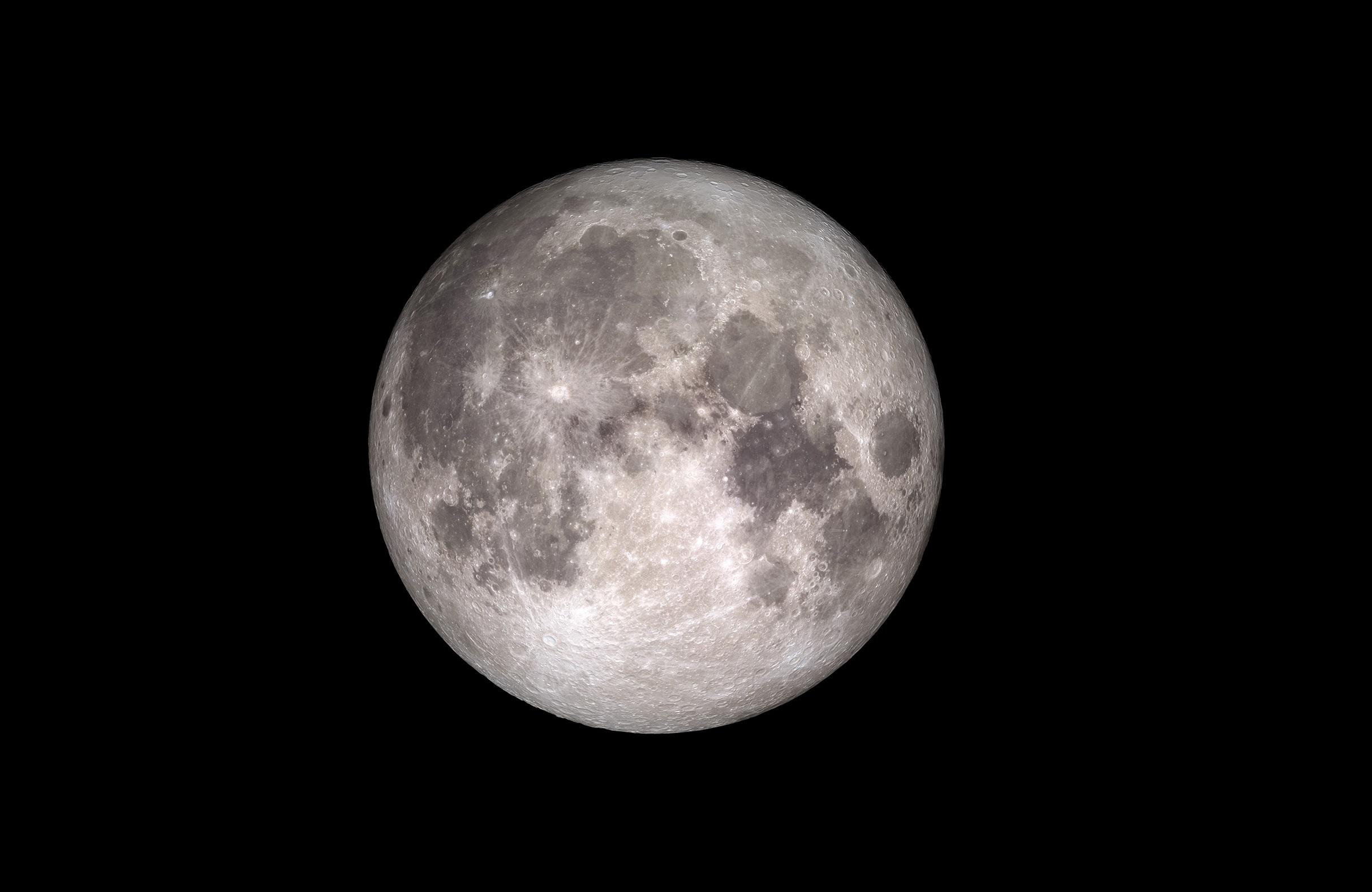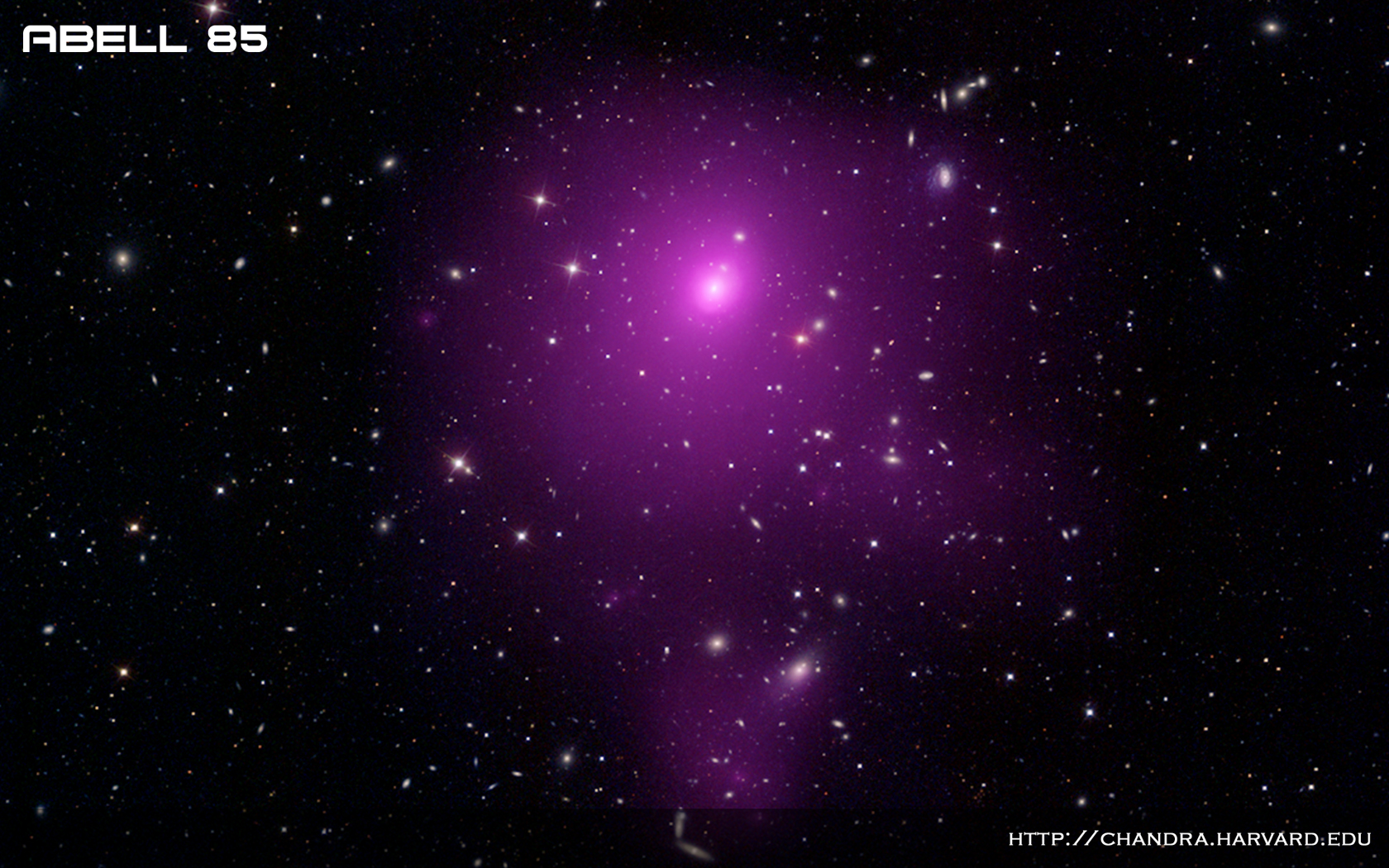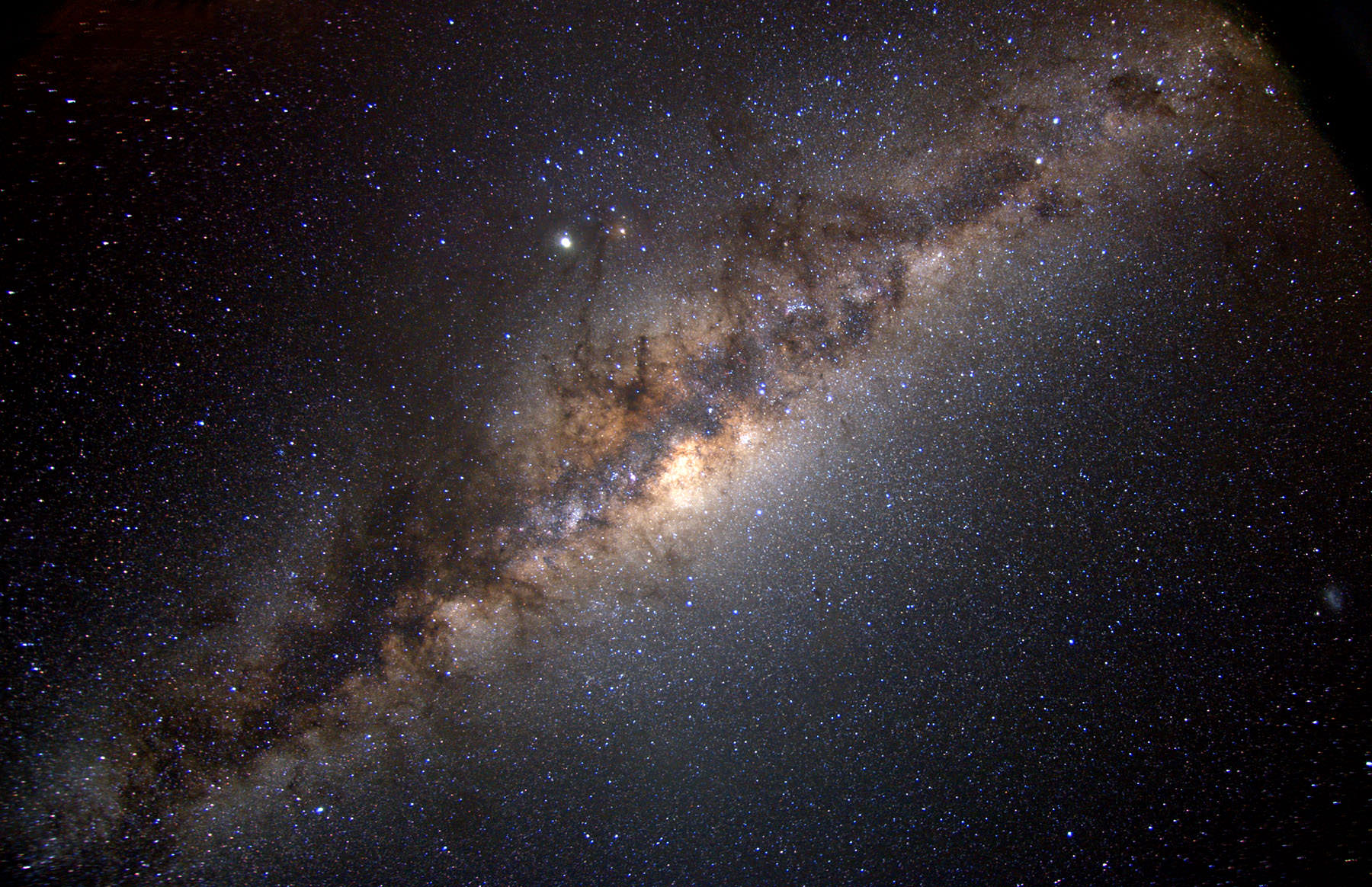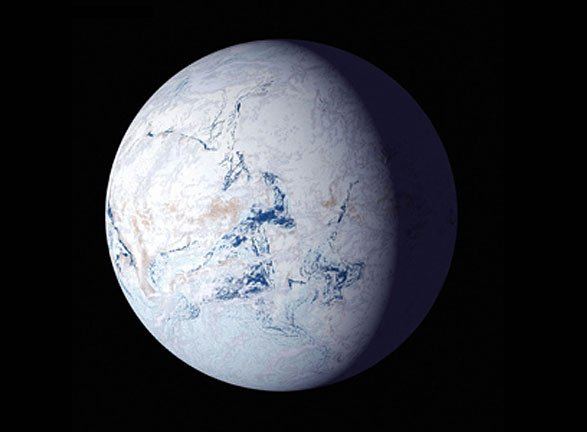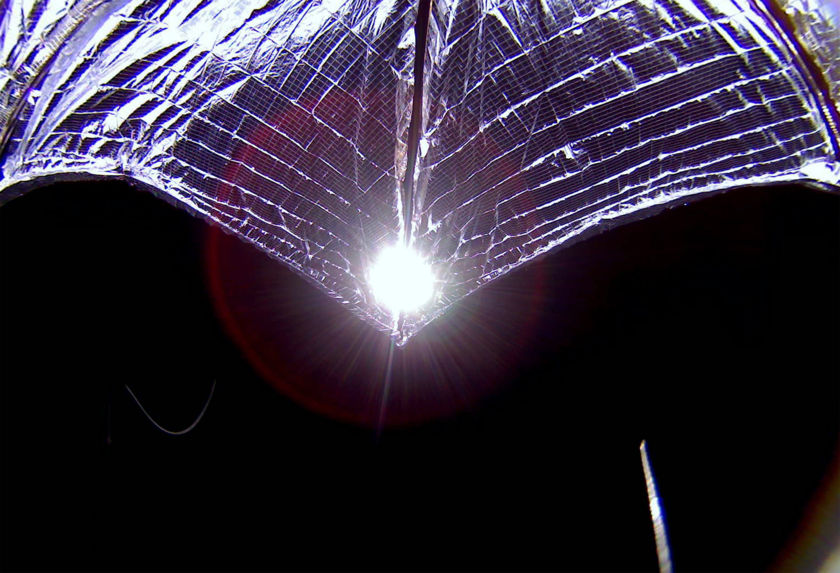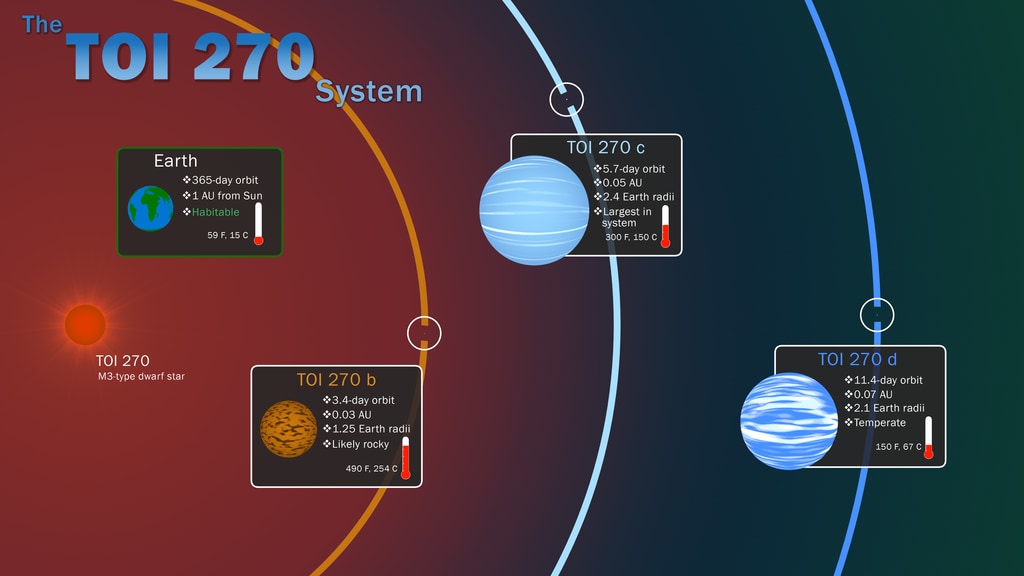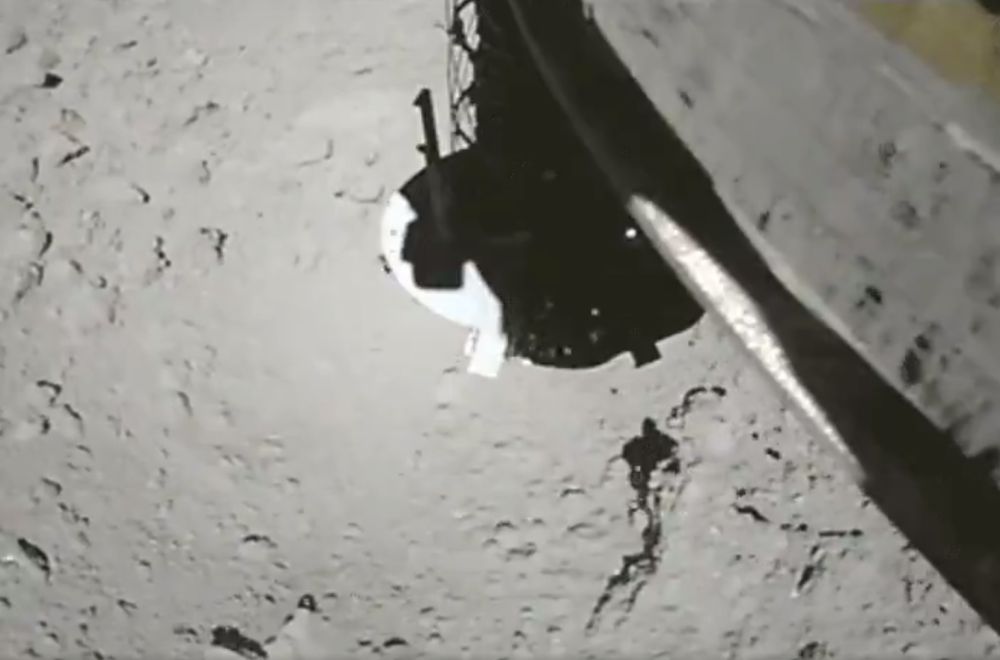When SpaceIL’s Beresheet lander crashed into the Moon, it was a bitter-sweet moment for Israel’s space exploration aspirations. The privately-built spacecraft was punching above its weight class by proceeding on its journey to the Moon. Unfortunately, it crashed, ending the dream.
But Beresheet carried some unusual passengers, as part of an unusual, yet visionary, sub-mission: tardigrades.
Continue reading “Hardy Tardigrades on Board Israel’s Beresheet Lander Probably Survived the Crash”
